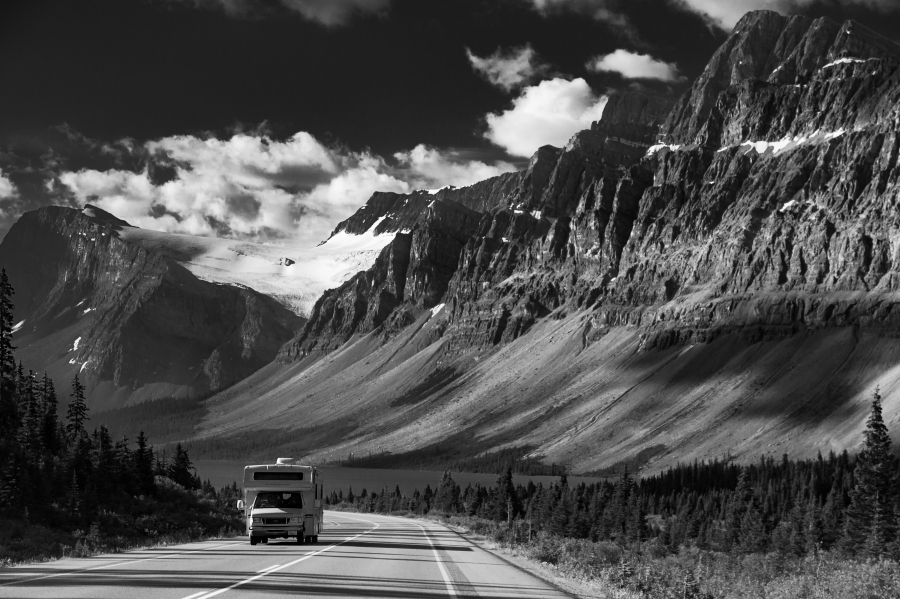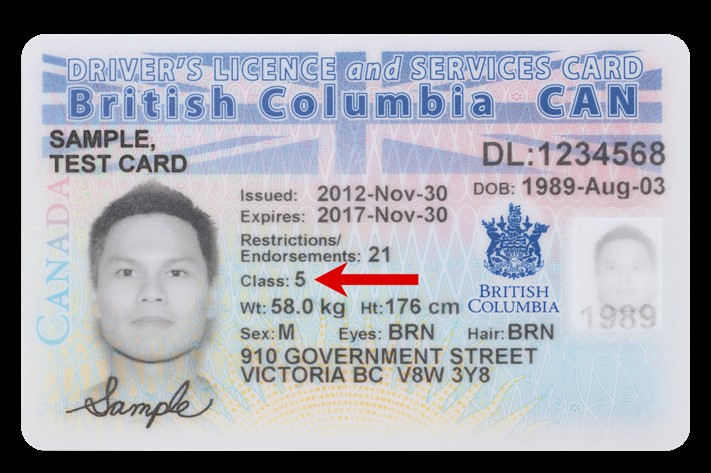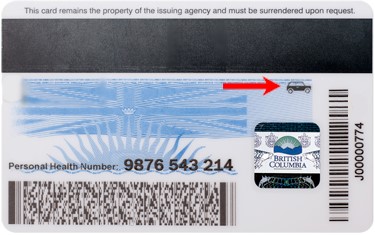Headed south of the 49th anytime soon? This may surprise you but heading to the USA on a road trip means adapting to differences in driving regulations. While our neighbours to the south may have very similar driving styles as we do in Canada, updating your knowledge is always a great idea so you can have a safe and enjoyable trip.
Just like variances in Provinces throughout Canada, road rules in the US vary from
State to State. Consult the department of transportation for your destination state prior to leaving to get acquainted with any unique driving regulations.
1. The Imperial vs Metric System
The United States is one of the few nations left in the world that opts to use the imperial system in place of the more modern and universally regarded metric system. This can cause some confusion for Canadians travelling on American highways and roads. Speed limit signs down south are depicted in miles per hour, not kilometers per hour. One mile per hour (mph) equals exactly 1.609344 kilometers per hour (km/h), so a sign with a posted speed limit of 50 mph would be 80 km/h.
Similarly, fuel is charged by the gallon, not by the litre. One gallon is equal to 3.785 litres (slightly smaller than a jug of milk), so seeing a posted price for fuel of $2.68 per gallon in the United States would work out to approximately 70.8 cents per litre (plus the exchange rate from US dollar to Canadian dollar). The use of the imperial system can also cause Canadians to jump for joy at the pumps - until they realize it’s simply a different way of charging for fuel.
2. Licensing & 3. Insurance

Some US states require an International Driving Permit (IDP) from foreign nationals - usually not from drivers coming from Canada or Mexico - but check with your destination state prior to leaving to avoid any lengthy pullovers. Should you require an International Driving Permit (IDP), you can obtain it from your local BCAA office prior to departing on your trip or by mail if you have already arrived at your destination.
Sometimes, whether the state you’re visiting requires an international driving permit or not - renting a car with a Canadian driver's license in the States may require you to also have the IDP present - so err on the side of caution and pick one up.
You may also need to check your insurance policy with ICBC if that jurisdiction requires you to register or licence your vehicle there. Even if you are just on holiday!
All restrictions on your current licence will still apply when crossing the border. The restrictions that apply to a Class 7L or Class 7N stage - such as a supervisor being required – do not change because you are no longer in Canada. You will need to continue to display the L/N on the back of your vehicle even though the United States do not use that licensing system. The restrictions in effect will also carry over to the Class 5 licence, such as Restriction 21 that requires the use of corrective lenses while driving.
BC Licences reflect a number class on the front of Driver’s License (in this sample Class 5 is listed) but, how do other jurisdictions know what the class means?

On the back of the Class 5 and Class 7 Driver’s Licence there is a small picture of a passenger vehicle. For Class 1 and 3 there would be a picture of a truck on the back, Class 2 and 4 would be picture of a bus, and Class 6/8 would have a picture of a motorcycle.

4. Towing & Hauling
Canada has specific towing and hauling requirements and specifications that must be adhered to in order to tow or haul a trailer. Each American state does as well and each one has their own rules and regulations regarding the towing of trailers or another vehicle while in that state.
Consult with the US Customs and Border Protection Agency about crossing the border with a utility trailer or recreational trailer prior to taking your trip. Inquire about any specific state laws that may inhibit you from hauling a trailer during your trip. In addition to your trailer and vehicle requirements, look into what supplies and items in your RV may be prohibited. For example, some fruits and vegetables could be restricted from importing to the United States.
5. Washington State & New York City

Rules and regulations may vary from State to State and in some cases city to city. Some examples of this are in Washington State and New York City.
In Washington State, the High Occupancy Vehicle Lane (HOV lane) does not have a broken white line for access into or out of that lane as we do here in BC. The HOV lane in Washington is delineated by a solid white line only. Drivers meeting the requirements of the HOV lane may enter and exit through the solid line in Washington State.
In British Columbia, you may turn right at a red stop light unless otherwise indicated and most US states follow the same regulation. The exception to the rule is New York City - a very popular American tourism destination for Canadians - where drivers are not permitted to turn right on a red light unless a posted traffic sign permits it. While you cannot turn right on a red in NYC, you can in other parts of New York State.
The United States is a wonderful country with a storied history and Canada has always been there as a proud ally and friend to the US. While we may have our differences, our roadways can be similar places to operate a motor vehicle. We benefit from sharing the longest border in the world and driving through the states is usually an easy transition for most Canadians.
Ensuring that you’re up to speed on American road regulations is all part of crossing international borders. As a friendly tip, always contact the appropriate American authorities or the Department of Motor Vehicles (DMV) to inquire about specifics of each state, prior to heading south. Safe travels!
